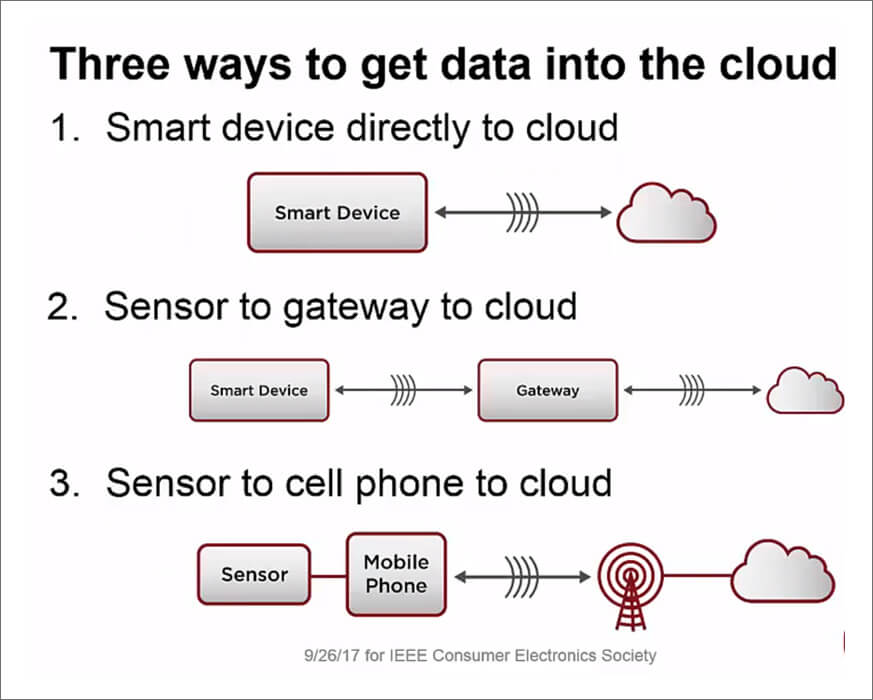Which wireless standard makes sense for your application?
With wide-scale IoT solutions being implemented, we are seeing an emerging set of new wireless technologies. LoRa and SigFox continue to have limited deployments. NB-IoT and LTE-M are now built out across the USA and much of the world to the point you can deploy devices with this technology and they will work nearly everywhere
The focus of innovation is on low power protocols that support remote battery-operated devices which send small amounts of data for a duration from months to years. Since remote service costs can be a significant component of the total cost of ownership for a sensor network, we expect one or more of these new standards to take their place beside Bluetooth, Bluetooth LE, Zigbee, WiFi, and cellular. Each one has its advantages and disadvantages, so depending on your application, we would choose the optimal technology.
Comparison of IoT Wireless Standards
| LTE-M | NB-IoT | Sigfox | LoRa | BTLE Mesh | Zigbee | WiFi | LTE | |
|---|---|---|---|---|---|---|---|---|
|
Range |
1-50 km |
1-50 km |
10-50 km |
2-50 km |
10 m |
50 m |
100 m |
10 km |
|
Data rate |
1 Mbit/s |
20-250 Kbit/s |
300 bit/s |
200-50 Kbit/s |
20 Kbit/s |
40 Kbit/s |
50 Kbit/s |
100 Mbit/s |
|
Supports Audio |
Yes |
Yes |
No |
No |
No |
Yes |
Yes |
Yes |
|
Network |
Public |
Public |
Public |
Public or Private |
Private |
Private |
Private |
Public |
|
Available |
Good Coverage |
Good Coverage |
Limited Coverage |
Yes Limited Coverage |
Limited |
Mature |
Mature |
Mature |
Power Consumption and Data Rates for Various Wireless Technology for IoT

Power – How Much Data? How Far?
In wireless transmission, there are three things that must be managed: the power that is required to transmit, the data rate, and how far you’re transmitting. This table shows the detailed power calculation for the different wireless technologies for several different data rates and distances. While this is not the only criteria for the wireless technology choice, it provides a useful guideline for assessing the battery requirements. Although SigFox is not included in the table above, it would closely match LoRa.

